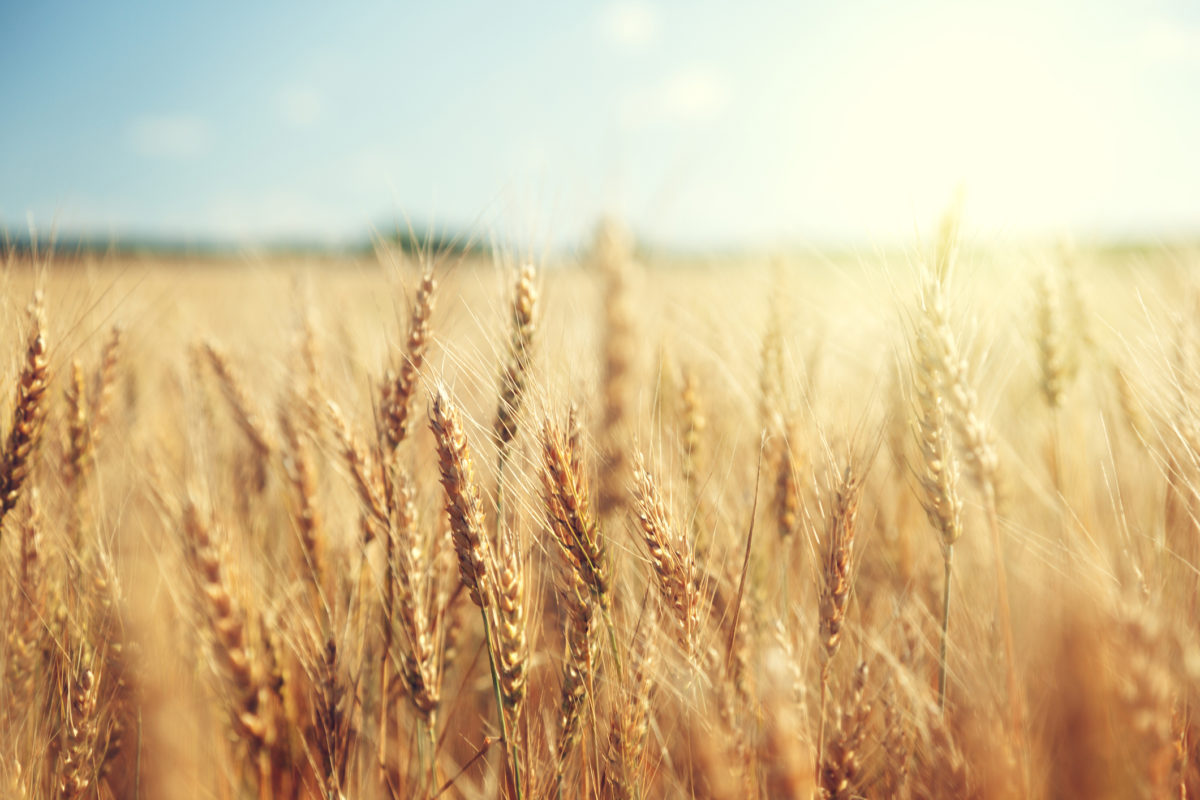The New York Times recently ran an opinion piece titled “Indoor Farming Is a ‘No-Brainer.’ Except for the Carbon Footprint.” The article discusses the benefits (and pitfalls) of indoor farming, providing a comprehensive industry analysis – but where does AgriFORCE stand on the topic? The indoor vs outdoor agriculture debate is really part of a much larger issue: in light of a growing population, the challenges of climate change, and more recently pandemic and war, how will we feed the planet? How will we supply enough food, and provide enough nutrition?
At AgriFORCE, we envision a future where field agriculture and indoor farming work hand-in-hand. Under current circumstances, it’s evident we are going to need both to feed the planet. Currently, certain staple crops can only be grown in the open field, although there are developments in technology and crop genetics that may change this in the future.
Many would agree with the article in the sense that indoor farming is a “no-brainer” and needs to continue to be developed and implemented. At the same time, it is true that that certain forms of indoor farming fall short in terms of sustainability: they require a lot of energy, often due to heavy reliance on supplemental lighting. Additionally, some forms of indoor farming have reported issues with crop quality, which can ultimately be unsafe for consumers.
This is a core motivator behind AgriFORCE’s development of a “next generation greenhouse”- a unique building design enabling increased growing area and harnessing the power of the sun to be less reliant on supplemental lighting and therefore use less energy. Water use in this facility is also optimized through IoT, AI and recirculation, and the amount of land required is a fraction of what is used in field agriculture. Our proprietary facility is currently geared towards high value crops and initially features 20 elements of inventiveness. These pertain to the structure itself, such as transmissive panels that maximize the full light spectrum and a sealed positive pressure environment, as well as the automated growing systems.
In addition to optimizing the indoor agriculture industry to make it more sustainable and further diversify the crop pool, there are innovations in open field agriculture that show much promise. For example, crop varietals and genetics that allow plants to grow in challenging conditions such as increased heat and salinity, and with less water, are already in use in regions such as the Middle East for foods such as potatoes, carrots, beets and more.
We can also look at how the agriculture industry processes crops to get the most nutrition out of what is grown and minimize wastage in our food system. AgriFORCE’s CERES-MNG IP is an example, a process that naturally processes and converts grains, pulses, and root vegetables into a low-starch, low-sugar, high-protein, and fiber-rich products. For every grain of wheat used, more nutrition can be delivered than in a standard process or product, without sacrificing taste or texture. The liquid used in the process is recuperated as it is also highly nutritious and is utilized as a “Power Juice” base for nutrition drinks. AgriFORCE will introduce a line of products under the brand name un(Think) that will be piloted in the upcoming months based on this 100% natural and sustainable process.
Yes, indoor ag is a “no-brainer”, but so are a host of other innovations across the ag and food supply chain. Our industry needs to move beyond fragmented and piecemeal approaches to bring these innovations to consumers, at scale, with an ultimate goal to feed the planet, while keeping sustainability at the center of everything we do.
